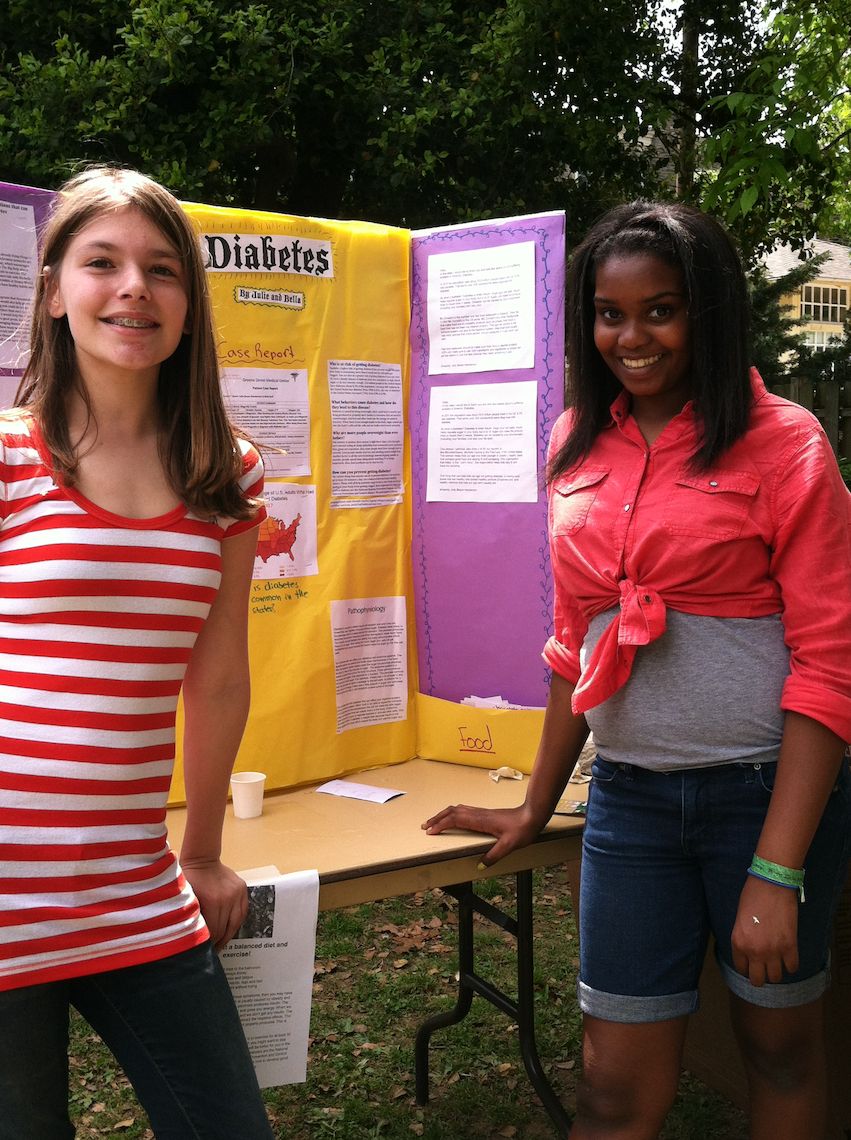Navigate
5th grade science
Since people began exploring the world, one fundamental question that they always tried to answer was “how did we get here?” Within the last 200 years or so, scientists have been collecting evidence to answer this question. Through clever experiments and models, we now have strong theories to explain what has happened over the last 13.7 billion years that has produced the stars, planets, and life that we see around us. In fifth grade science, we trace the history of the universe, not only looking at what we know but also how we know it. Through activities, labs, and simulations, we put ourselves in the shoes of some of the world’s greatest scientists so that we can develop a deep understanding of our world.
We begin
the year by studying what we know about the big bang in order to learn how our
universe first began. From there, we
learn about how stars form in order to better understand the foundations of our
own solar system. The next unit focuses
on the way that the Earth, moon, and sun interact in order to explain phenomena
such as tides, seasons, and eclipses; in this unit, we will correct many common
misconceptions about how the solar system works.
Next, we move into an examination of the Earth itself. We begin by examining the structure of the Earth, using various sources of evidence to study the inner layers of the Earth and how they first appeared. Next, we collect evidence for the ways that the Earth’s surface has changed over time, building a theory of plate tectonics as we go. Once we have a strong understanding of the Earth itself, we turn our study to the life that it holds. We try various systems of categorizing living things, always attempting to determine whether one system is better than any other. By studying Darwin’s ideas of how various species came to be, we develop one final classification system that truly captures the evolutionary "tree of life.
6th Grade Science: What Can’t We See?
Much of science is concerned with studying what we cannot see. This includes the very small, such as the cells that run all of the key functions of our body and the genes that explain how information is passed from parents to children. It also includes the invisible, such as the electric and magnetic fields that create observable forces and the vibrations and waves that explain our sensations of sound and light. In sixth grade, we learn about these unseen parts of science, focusing both on what we know and how we know it.
The year begins by studying the cell: the basic building block of our body and all living things. We look inside the cell to see how the parts all work together in order to help the cell to survive and carry out its key functions. In studying the cell, we focus on how our DNA codes for our cells to make proteins and how our mitochondria make energy for the cell, since these are two topics that appear frequently in biology. As we transition to study how cells divide, we begin to examine the field of genetics. By creating fictitious “geenoids,” we simulate how real genes are passed down and learn to predict basic traits and genetic diseases.
We then turn our attention to electricity and magnetism. We begin by focusing on electric conduction and circuits. By completing a number of inquiry labs, we draw our own conclusions about how electricity and circuits work. Then, we look at how we can describe electric and magnetic fields, ending with a demonstration of the fact that these two are actually interconnected. The final unit of the year focuses on the fundamentals of waves in order to understand how light and sound travel from their source to our senses.
7th Grade Science: Forces, Energy, and Change
-

Seventh grade science falls in two main content areas: physics in the fall and environmental science in the spring. However, there are key themes that connect these areas of study. The first is the idea of a force. A force has a physical definition of a push or a pull and lies at the center of Newton’s Laws of Motion, but we can also be a force—a force for positive change in our community. Likewise, energy has a physical definition, but the way that energy flows through an ecosystem is crucial in understanding how humans have had such a negative impact on their environment. In addition, the way that we “use” energy in our daily lives and the resources that we choose to use has a significant impact on the health and sustainability of ecosystems around the world as well as on the human population.
The year begins with a unit on mechanics: the study of motion, focusing on Newton’s Laws. Through labs and activities, we examine how three simple laws can explain all of the motion in the universe and why these laws are so often misunderstood. In our study, we look at various film examples of violations of Newton’s Laws, which prepares us for our culminating project: a movie in which we will violate and then correct each of the laws of motion. The next unit begins with a study of gravity. Once we have covered the basic ideas and formulas, we explore how scientists use their understanding of gravity in the field of astrophysics. In investigating this growing field, we cover topics such as planets outside of our solar system, black holes, where the universe came from, and what it means when scientists say that it is filled with “dark matter” and “dark energy” that we cannot see.
In the spring, we begin our study of energy by studying what this abstract concept actually represents and what forms it takes. We then turn towards environmental science by looking at how energy moves through food webs in an ecosystem and how humans impact these food webs through our actions. This is excellent preparation for the Costa Rica trip, on which students observe some of these impacts first-hand. Next, we explore the various resources that can be used for energy and debate which of these should be the “energy of the future.” The year ends with a final unit about a growing problem—climate change—in which we will take on a project to become forces for change at the household, community, and national level.Eighth Grade Science: Human Biochemistry
Eighth grade science combines the study of chemistry and the human body in order to answer one of the most fundamental questions in science: “what are we made of?” At the smallest level, we are made out of atoms, the building blocks that make all matter, though these themselves have smaller parts that scientists are still only beginning to break down and understand. These atoms combine to make molecules, which come together to make the 50-100 trillion cells that make up our bodies. The cells themselves work together in the key organs and organ systems that allow us to survive. Through labs, activities, simulations, and even some dissections, we will examine all of these levels of organization throughout the year, always trying to build our conceptual understanding of how our parts work together to help us to survive.-

The fall semester focuses on chemistry. We begin by studying the atom, focusing on the scientists and experiments that shaped our knowledge of the atom in order to understand how they asked and answered some of the most fundamental questions in science. We then look at the periodic table, searching for patterns that explain how atoms combine together to form molecules with complex properties. We finish the semester by studying how atoms can rearrange in chemical reactions and running a number of chemical reactions ourselves.In the spring, we begin our study of the human body with a focus on how our body systems supply our cells with the raw materials that they need and how our cells in turn work together to run the key functions in our body. Next, we take a detailed look at Darwin’s theory of natural selection, since this is widely considered the fundamental idea required to understand biology. Finally, we end the year with a study the brain, focusing on how cognitive scientists have come up with a great variety of methods to “trick” the brain in order to better understand it.
-



